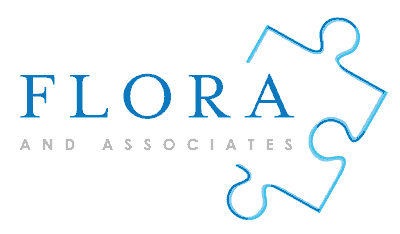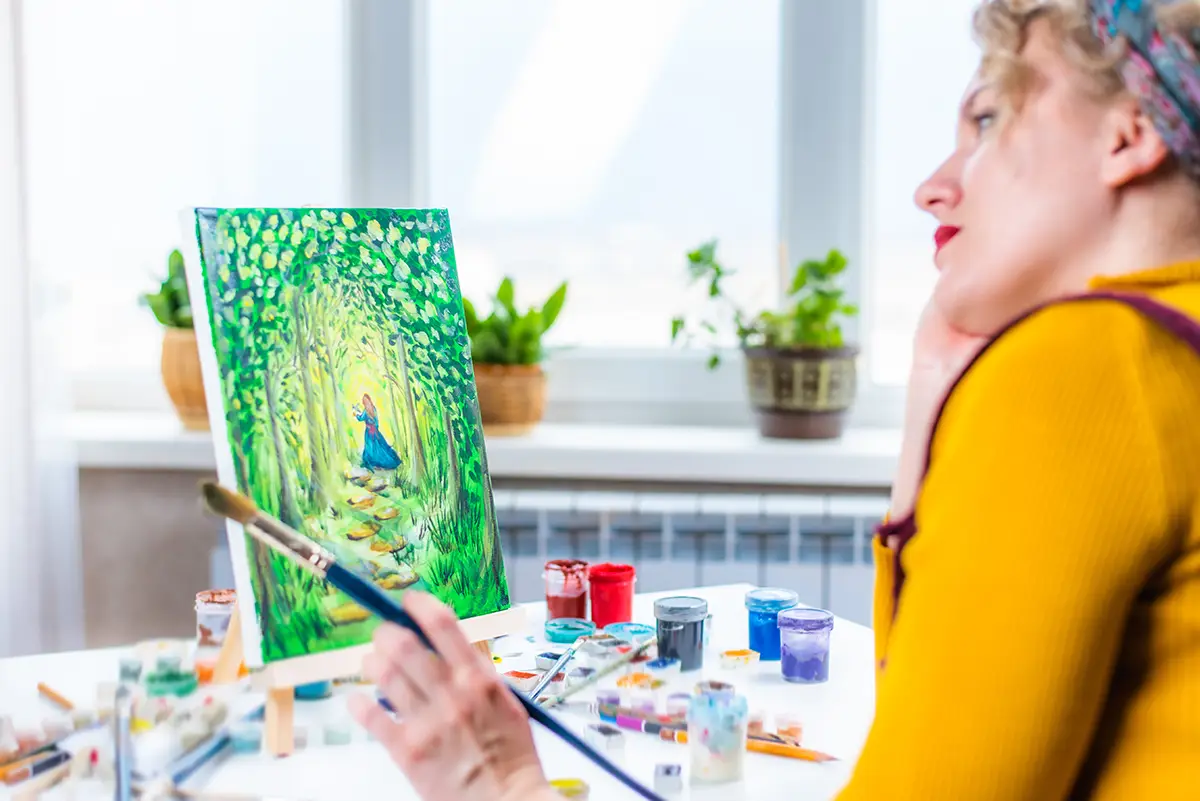The Power of Art Therapy for Developmentally Delayed Adults
Art Therapy is absolutely magical. Over the years our team has been blessed with the opportunity to support individuals with developmental disabilities. People with delays in development sometimes:
- Present a lower IQ.
- Demonstrate lower functioning abilities.
- Need significant support in their daily lives.
However, this does not mean that they do not have the same feelings as non-delayed individuals. In fact, I have observed individuals with developmental challenges experience feelings just as frequently and intensely as others.
The challenge lies in providing opportunities to express these feelings in a meaningful and appropriate manner. Magic literally unfolds when we embrace the therapeutic power of art with open hearts and open minds with our clients with developmental disabilities. It is our honor to be able to help them explore, talk about, and process the emotions art-making evokes and uncovers.
How Art Therapy Helped a Person With Non-Verbal Autism
I recently had the opportunity to make art with a young man who was non-verbal autistic. Our goals for art therapy with this particular client were clear. We wanted to:
- Build his physical abilities to use art supplies independently.
- Help him learn how to read social cues.
- Build his self-confidence by making final products that he could later sell for profit at a restaurant in his town.
How The Therapy Unfolded
For our first several sessions this is exactly what happened: He learned my non-verbal communication. In return, I was able to learn and understand him. These were silent sessions filled with communication!
After several sessions, the products of his art started to change from bright abstract collages of fun to more realistic figures, shapes, and objects. Through his artwork, I was able to learn that he did not like the food that was being provided to him and it often made him feel sick. This was something that his treatment team was completely unaware of.
The Triumphant Result
Thereafter sharing this information with his guardians and physicians, the team completed testing and realized that this young man had a lactose intolerance. This was one successful case where art therapy proved to be an invaluable tool that helped our client to express his feelings and physical needs. Most importantly, it led to him getting the medical support he needed.
Art Therapy Enriches Non-Verbal Communication
Many people with developmental delays face challenges with verbal communication. This ranges from speech disorders to complete muteness. When these individuals are introduced to art, they usually develop an affinity for it. Here’s why:
Art provides a unique avenue for self-expression, allowing them to communicate thoughts, feelings, and experiences that words may struggle to capture. Through the scribbles of crayons, strokes of a brush, or the manipulation of clay, individuals can communicate in meaningful ways without the spoken word.
Art Therapy Builds Confidence and Self-Esteem
Art therapy nurtures a sense of accomplishment and pride. The process of creating something beautiful – whether it be a painting, sculpture, or collage, instills a genuine sense of achievement.
As individuals witness their own creativity unfolding, confidence and self-esteem blossom, creating positive ripple effects in various aspects of their lives.
Many of our clients have gone on to sell their artwork, thereby enhancing their sense of self-worth and bringing their pride to a whole new level.
How Art Helps Regulate Emotions
Navigating emotions can be challenging for anyone, but especially for people with developmental delays. Being unable to speak, effectively use social cues, or sustain attention brings an extra layer of complexity to the process of reading and expressing emotions.
We recommend art therapy in such cases because it provides a safe space to explore and process emotions through creative expression. The act of creating art becomes a therapeutic tool for understanding, managing, and expressing complex feelings, contributing to improved emotional regulation.
Enhancing Fine Motor Skills and Coordination Through Art
Here’s something else I’ve found to be interesting about engaging in artistic activities:
Artistic endeavors, whether it’s holding a paintbrush, cutting, and pasting, or ripping images from magazines – stimulate fine motor skills and coordination. These activities enhance physical dexterity but that’s not all.
Neuroscience research has found that they also heal damaged brain functioning and improve memory, aside from also providing an enjoyable way to work on essential life skills that promote independence in daily activities.
Art Therapy Helps Strengthen Social Connections
Art therapy can take place individually or in a group setting. Individual work allows clients to develop a secure relationship with their clinician, gain an understanding of trust and confidentiality, and practice implementing the communication skills needed for deep meaningful relationships.
In groups, art therapy helps individuals learn how to foster social interaction and connections. Group sessions provide a supportive community where individuals can share their creative journeys, learn from one another, and develop essential social skills. Additionally, the sense of belonging and shared creativity contribute to the formation of meaningful relationships.
All of these skills are transferable to the community and real-life situations.
Embrace Art Therapy to Foster Development
If you have a loved one with developmental delays or know someone who could benefit from art therapy, consider reaching out to us via email at info@floraandassociates.com. We offer both individual therapy sessions and group therapy along with programs and workshops in the community.
Encourage the integration of art into the daily lives of those with intellectual and developmental disabilities, whether through organised sessions or simple creative activities at home. The benefits are boundless, reaching far beyond the canvas.
Art is not just about what you create: it is the journey, the emotions, and the connections formed along the way. Together, let us paint a life of empowerment, self-discovery, and joy through the incredible realm of art therapy!

